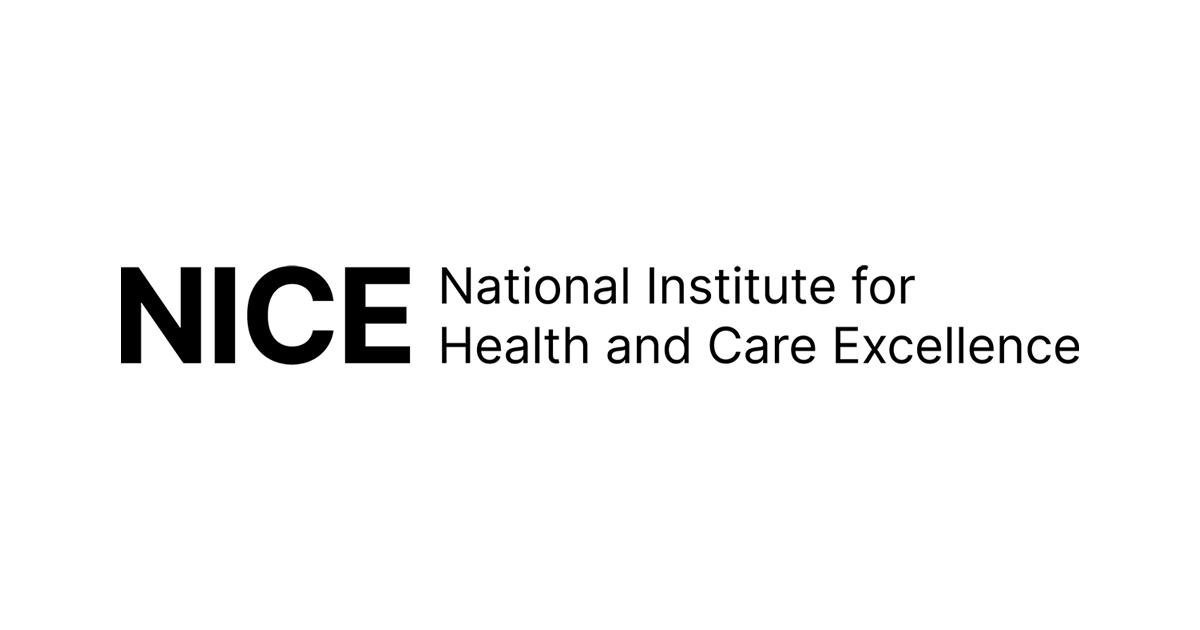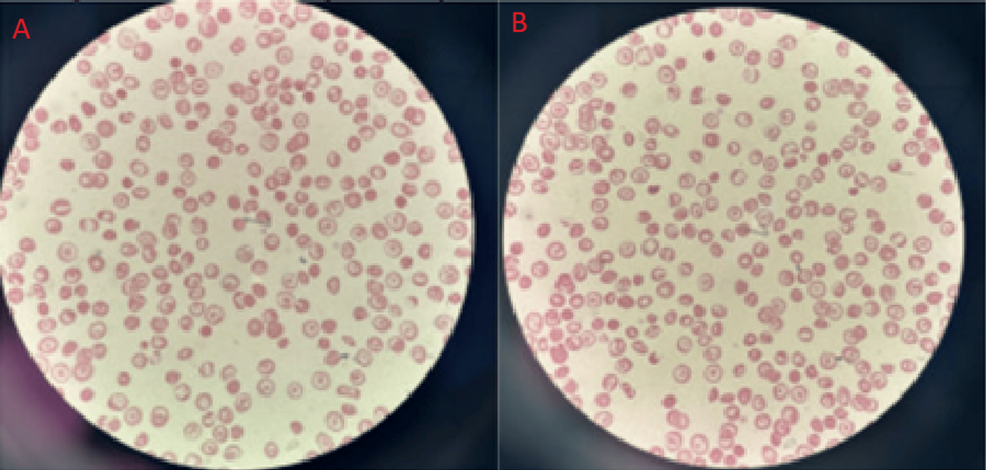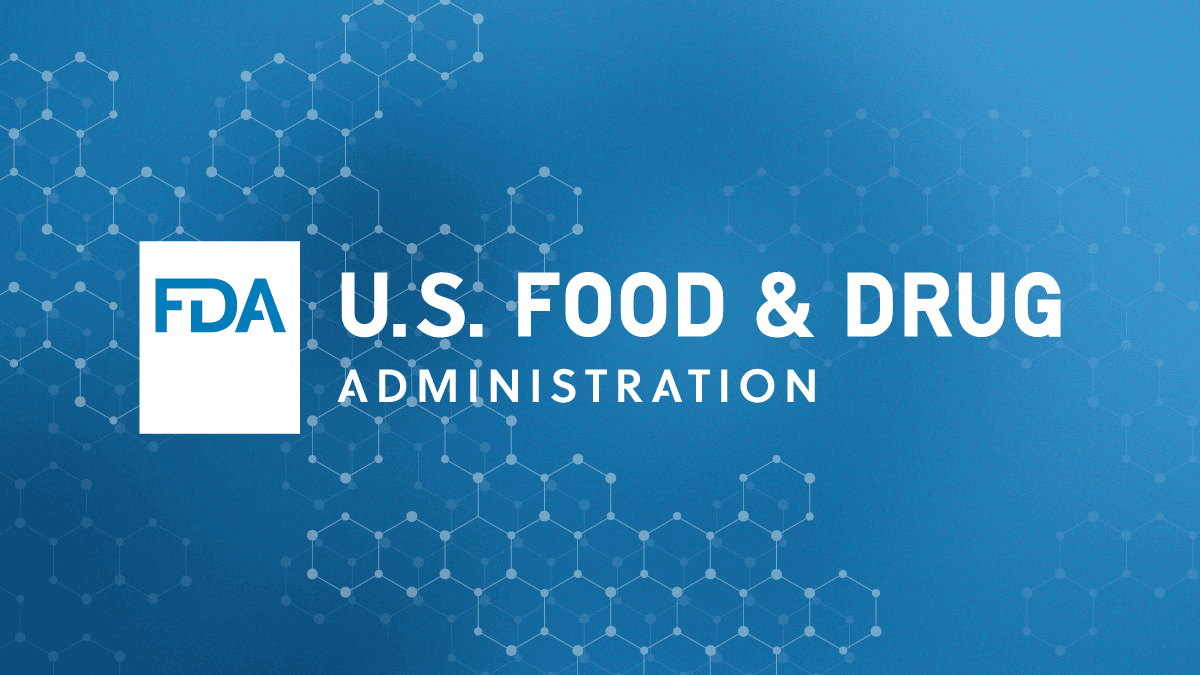Category: 6. Health
-
Innovative ideas awarded $3.8m in NHMRC research grants – HMRI
- Innovative ideas awarded $3.8m in NHMRC research grants HMRI
- $280 million towards innovative health and medical research Australian Government Department of Health, Disability and Ageing
- $6.8m boost drives innovative solutions for healthcare
Continue Reading
-

CWD Case Confirmed in a White-tailed Deer in Concordia Parish, LDWF Announces
Chronic Wasting Disease (CWD) has been confirmed in a hunter-harvested white-tailed buck in Concordia Parish, the Louisiana Department of Wildlife and Fisheries (LDWF) announced. The buck was harvested on Richard K. Yancey Wildlife…
Continue Reading
-

What Are These Autism-Related Traits After COVID-19?
This post is part of a new blog series focusing on long COVID by Becky Ancira Robertson.
Many people report new or worsened autism-related traits after COVID-19 infection, including sensory sensitivities, reduced social capacity, brain fog,…
Continue Reading
-

Michael Campbell: MND drug might ‘give me an extra year or two’
About one in 10 people with MND have a family history of the condition, like Campbell.
“We thought it might have been inherited because my dad and his brother both had it, but I never really thought of it as something that would happen to me.
“You…
Continue Reading
-

Digital platforms recommended to help people manage their asthma
Eight digital platforms can be used in the NHS while further evidence is collected over the next three years the draft guidance recommends. The platforms provide people with asthma the option to use apps or online tools to receive access to…
Continue Reading
-
Landmark Study of Supercentenarians Sheds Light on What Drives Longevity among Brazilians – Folha de S.Paulo
- Landmark Study of Supercentenarians Sheds Light on What Drives Longevity among Brazilians Folha de S.Paulo
- Brazil’s genetic treasure trove: Supercentenarians reveal secrets of extreme human longevity Medical Xpress
- Living Past 110: Brazilian…
Continue Reading
-

The OPTION Trial: Percutaneous Left Atrial Appendage Occlusion Devices Rise as an Option Post Ablation
Atrial Fibrillation Ablation
Catheter ablation has become an effective treatment strategy for patients with AF. In 2009, the ThermoCool AF (NAVISTAR® THERMOCOOL® Catheter for the Radiofrequency Ablation of Symptomatic Paroxysmal Atrial…
Continue Reading
-

‘Forever chemicals’ may triple risk of fatty liver disease in adolescents
Reading time: 2 minutesA study co-led by researchers at the University of Hawaiʻi at Mānoa has found that exposure to per- and polyfluoroalkyl substances (PFAS)—commonly known as “forever chemicals”—may significantly increase the…
Continue Reading

